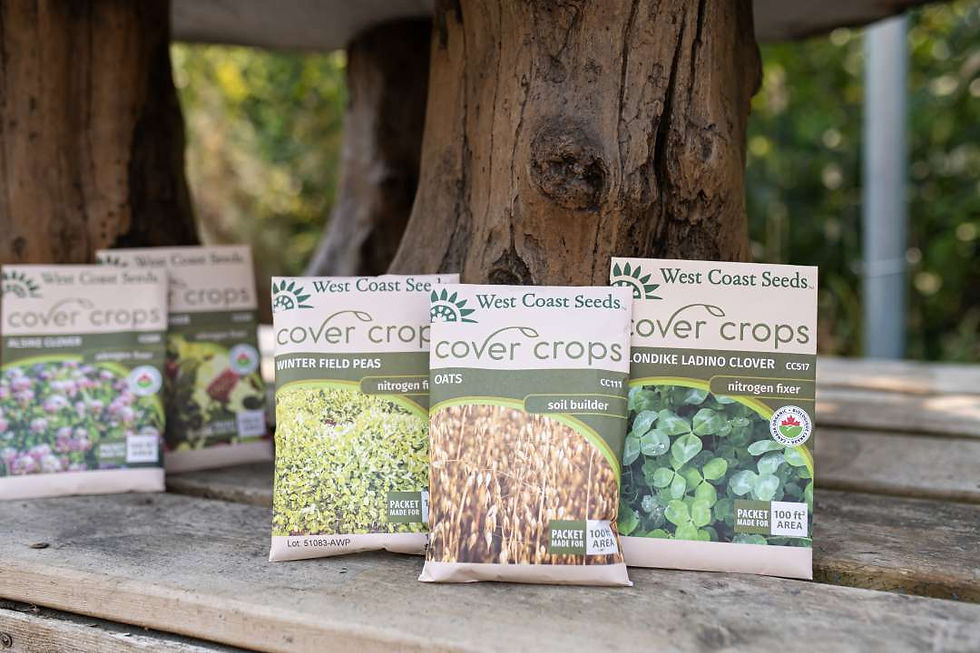Clematis 101: How to Plant and Care for These Classic Climbers
- B&K Garden & Landscape Supply

- Apr 21, 2023
- 2 min read
Updated: Apr 25, 2023

Clematis is a beautiful flowering vine that adds colour and texture to any garden. They're a popular choice for gardeners due to their versatility and ability to thrive in different environments.
These plants include woody, deciduous vines as well as herbaceous and evergreen varieties. They also vary greatly among species, with different flowering forms, colours, and blooming seasons, though most bloom sometime between early spring and fall.
If you're interested in planting clematis in your garden, here are some steps to follow.
Choose the right location
Clematis plants need at least five hours of direct sunlight per day, but they also need cool roots. So, it's essential to choose a location that has access to full sun but also provides some shade for the roots. You can plant clematis against a trellis, fence, or wall to provide support for the vine.
Prepare the soil
Clematis prefers well-draining soil with a neutral to slightly alkaline pH (ideally between 6.0 and 7.0). Before planting, prepare the soil by adding compost, manure, or peat moss to improve the soil's fertility and drainage. Also, ensure that the planting hole is twice the width of the root ball and as deep as the root ball.
Plant the clematis
When planting your clematis, ensure that the roots are spread out, and the crown of the plant (where the stem meets the roots) is slightly below the soil surface. This helps the plant develop new shoots from the base, which will produce more blooms.
Watering
Water your plant thoroughly after planting and continue to water it regularly, especially during dry spells. Clematis like moist soil - but not to the point of being waterlogged, as this can cause root rot.
Provide support
As the clematis grows, provide support for the vine. You can use a trellis, fence, or other support structure to help the plant climb. Be sure to tie the vine loosely to the support structure, as clematis vines are fragile and can break easily.
Pruning clematis
Prune your clematis in early spring before new growth appears. Cut back the stems to about 12 inches above the ground, leaving at least two sets of buds on each stem. This will encourage the plant to produce new growth and more blooms.
In summary, clematis can be a little high maintenance, but we love them anyway! Planting these classic garden beauties requires some preparation, but it's worth the effort for the stunning blooms that the plant produces. Follow these steps, and you'll have a healthy and vibrant clematis vine in your garden!




Comments